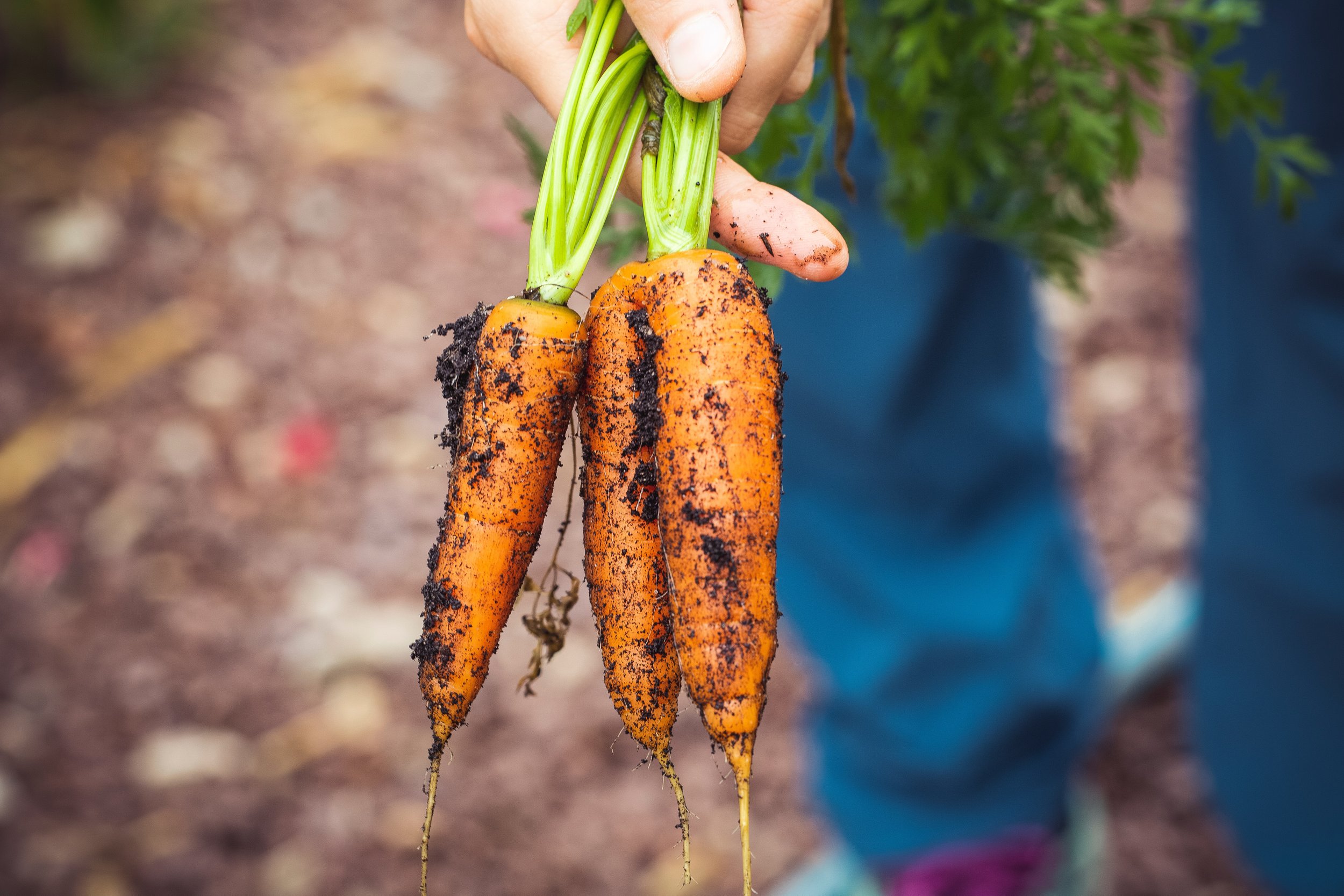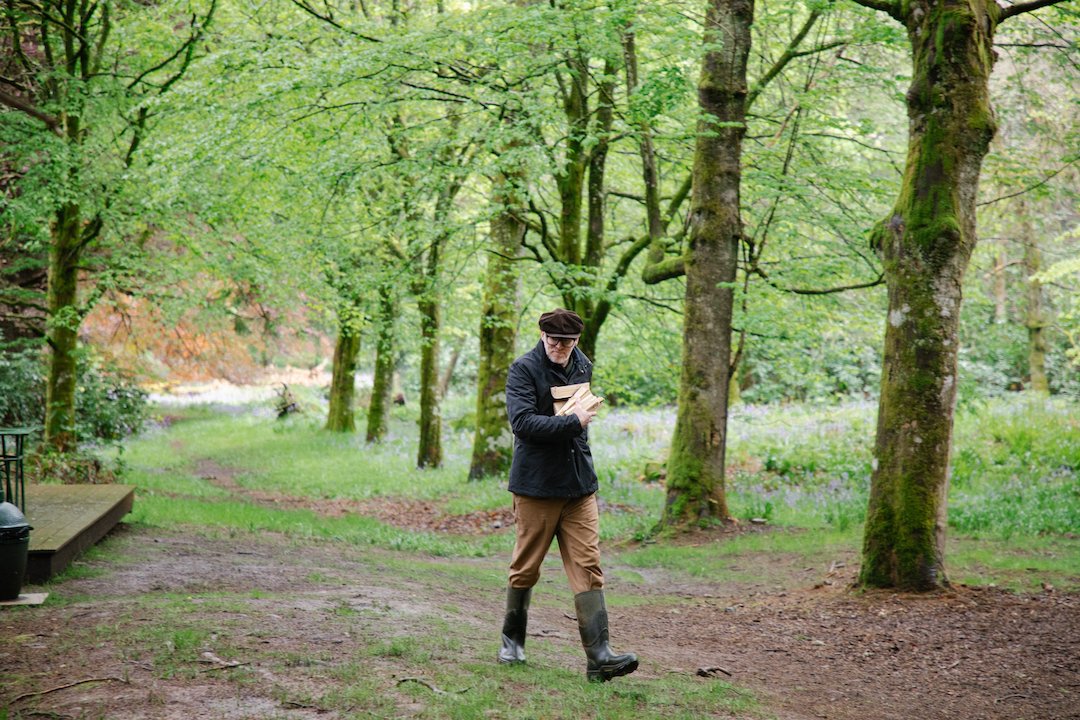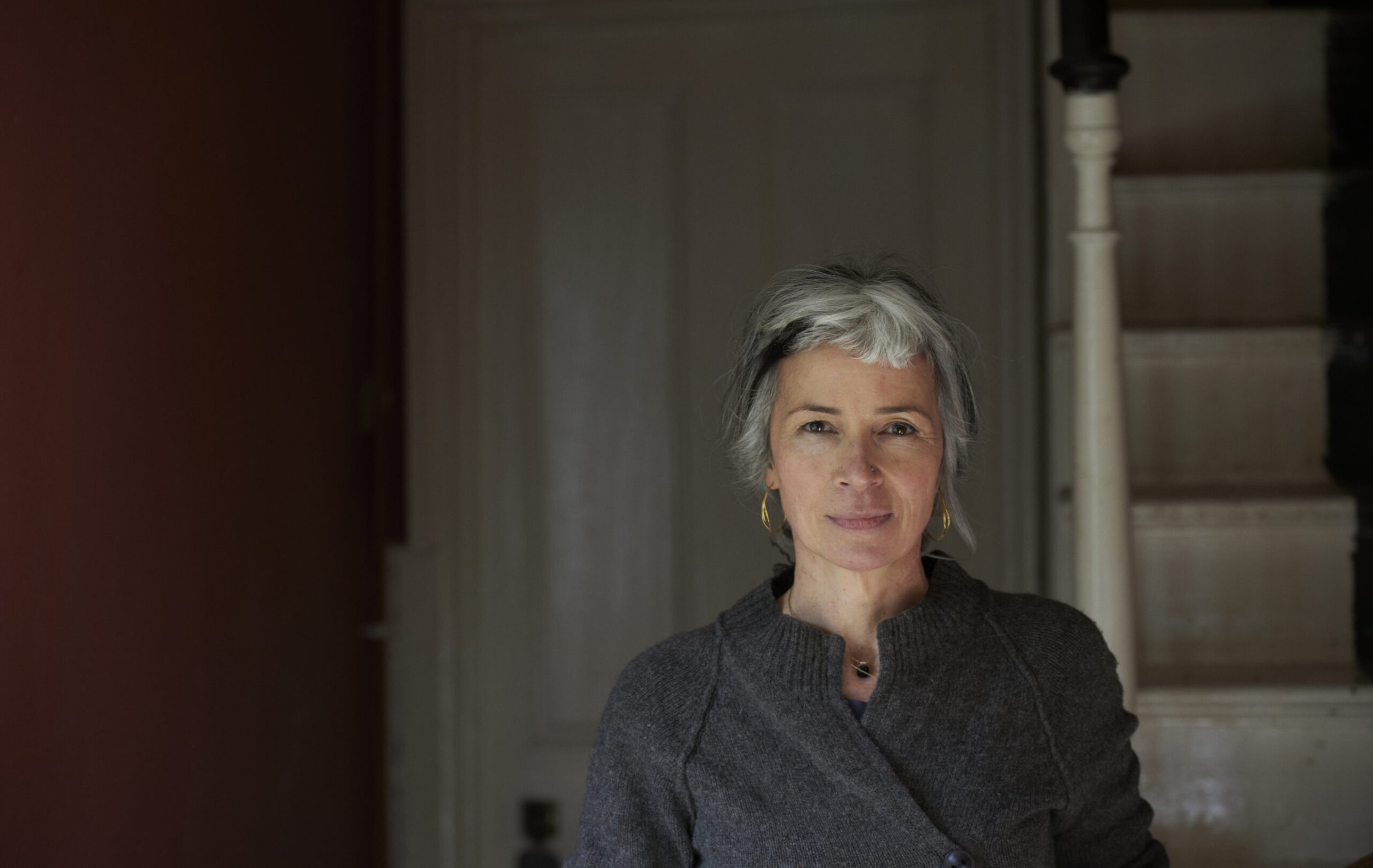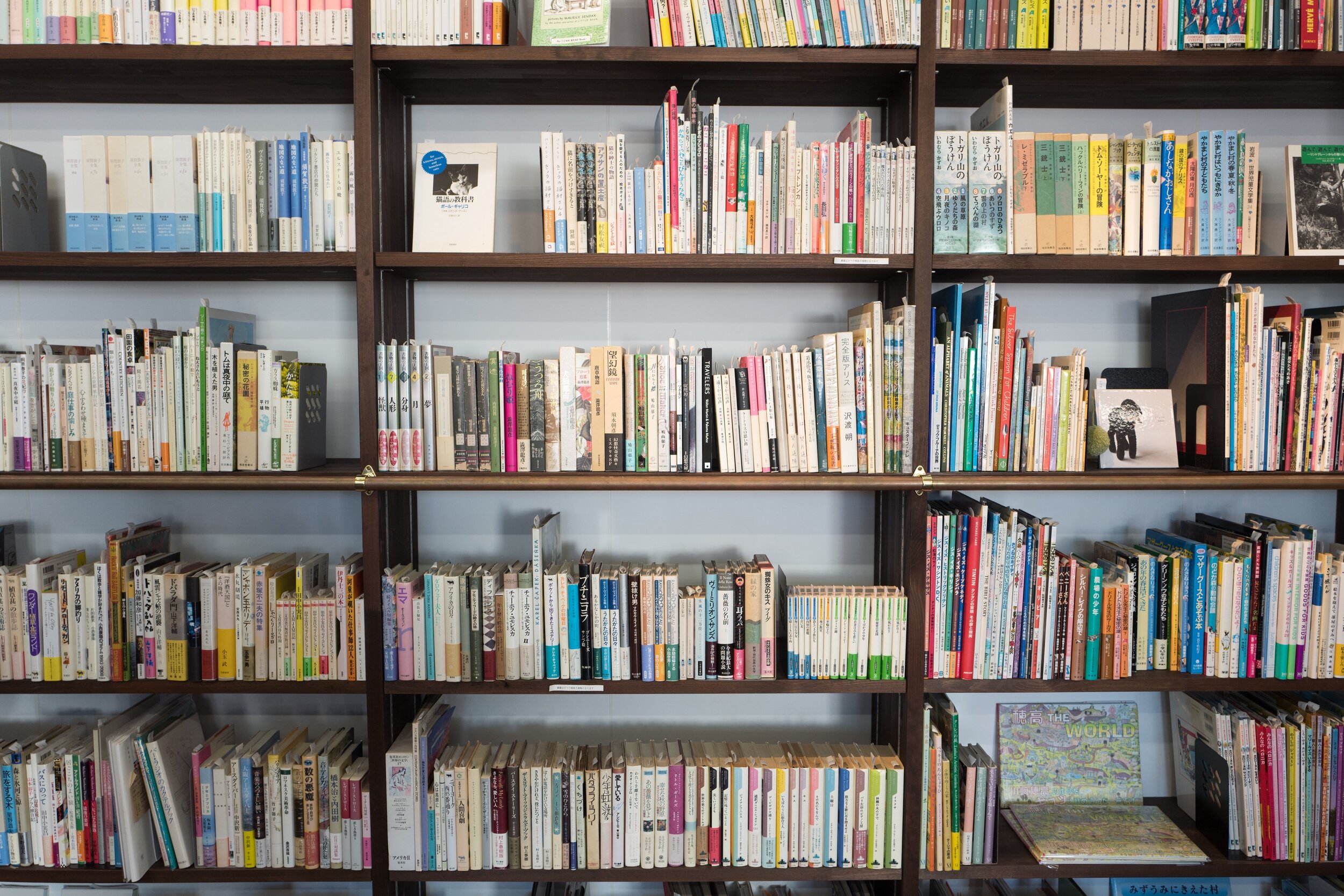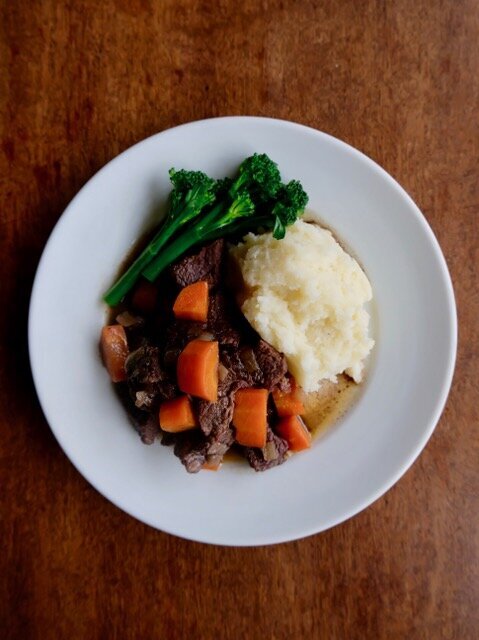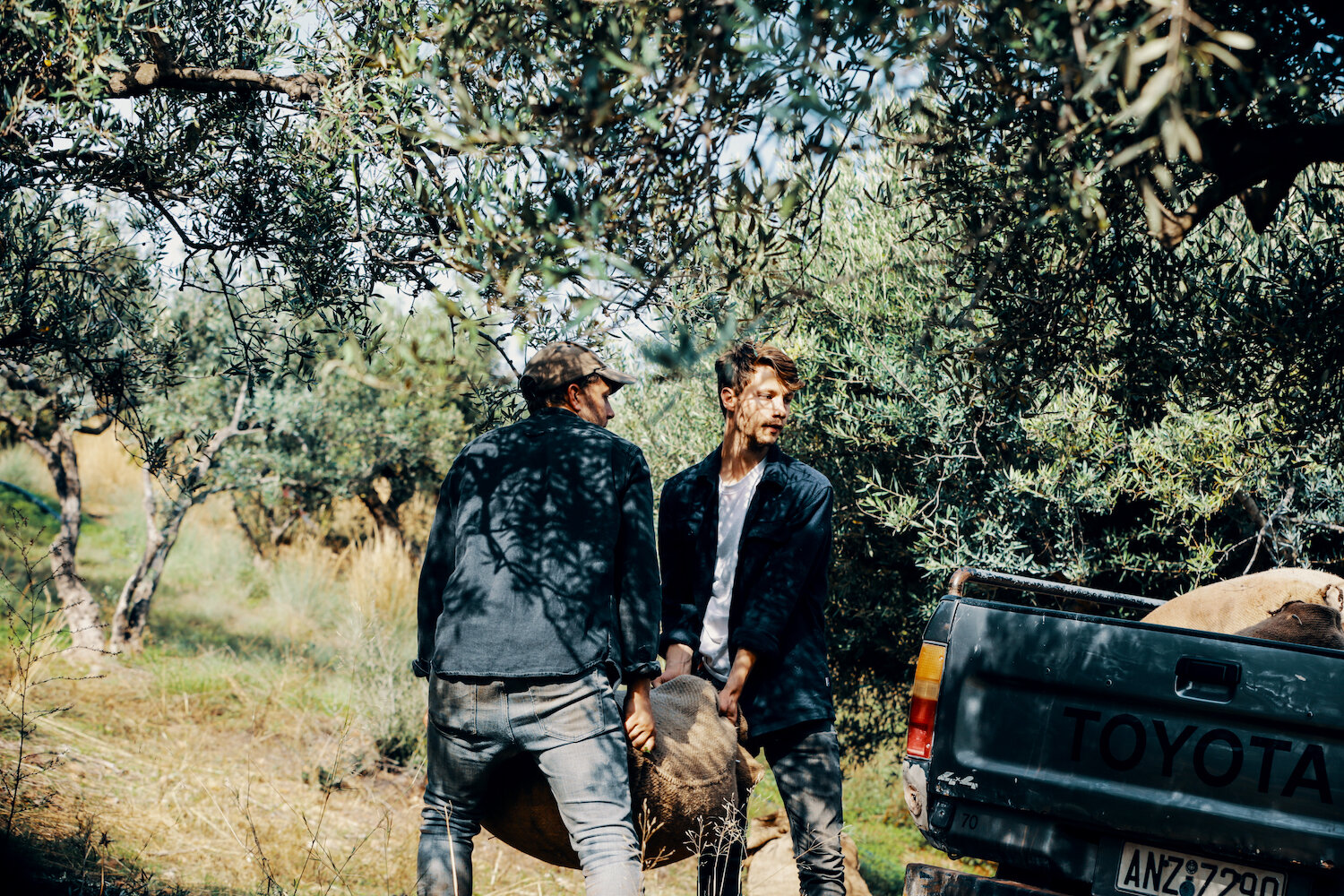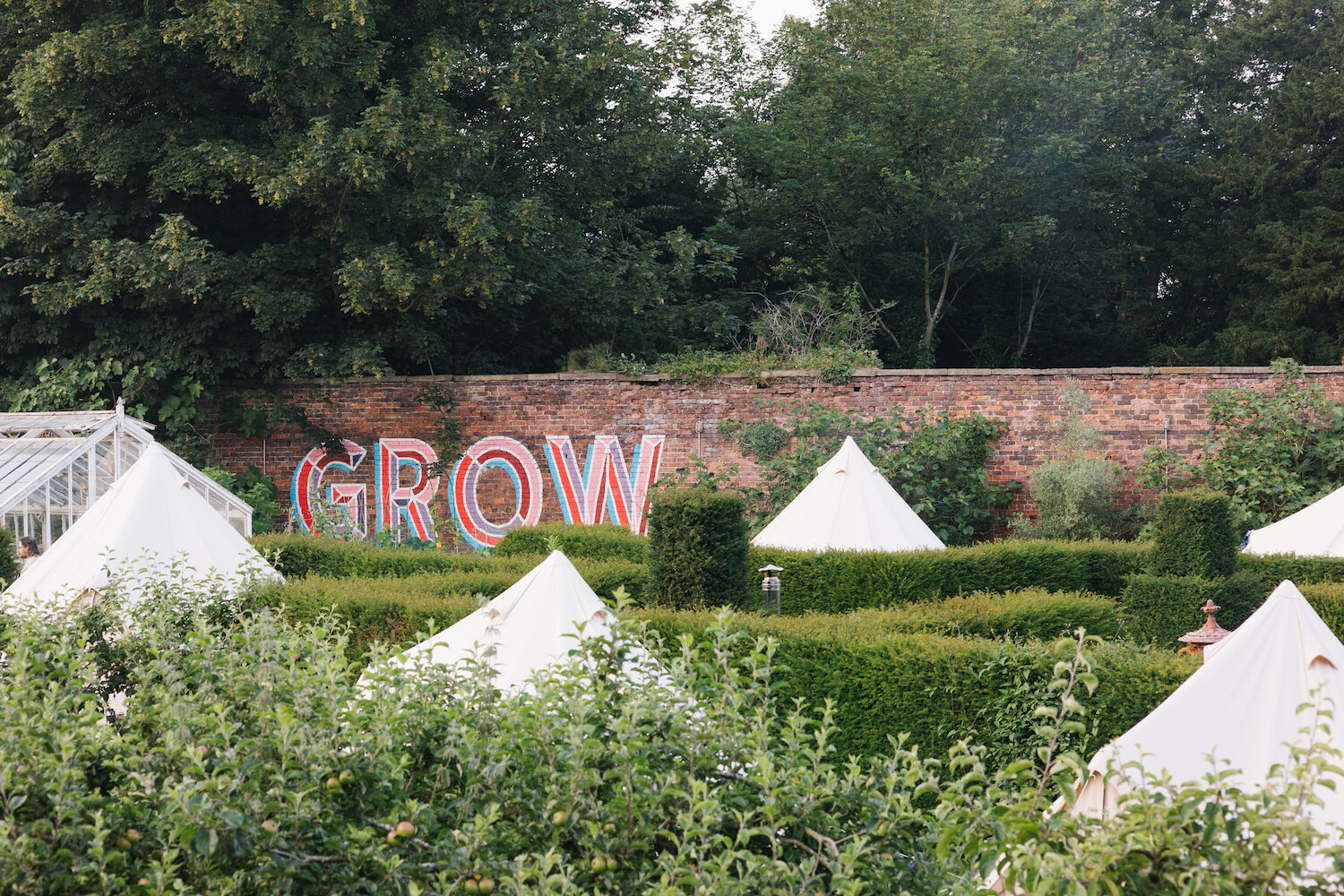Our Top 5 Tents
To mark to launch of our brand new, and brilliant, Farm Shop Campsite in Hawarden, here are our favourite tents, as tried and endlessly tested by us.
Words By Charlie Gladstone and The Good Life Society TeamIllustrations by Matt Blease“It always rains on tents. Rainstorms will travel thousands of miles, against prevailing winds for the opportunity to rain on a tent.”
- Dave BerryThe Pop-up tent: Best for the easy life.
If you’re heading to a festival, or planning to pitch your tent in the dark, then the pop-up tent is a good thing. Using ours still feels a little bit like cheating, but, well, we can live with that.
Pros
They are ridiculously easy to put up - and (almost) as easy to take down.
They are cheap - and reliable because they always flip up very quickly.
They travel well - because they’re so lightweight.
Cons
They’re ugly as sin - and made from nylon so, once the sun is up, you’ll roast (not good if you’re hung-over).
Lightweight yes, small no - they are large and therefore generally cumbersome, even when folded ‘down’. due to the construction of the pop-up frame.
The tipi: best for garden camping.
We have a tipi, which we erect at the start of summer and use as a spare room. We’ve had it for over a decade and it is still immaculate. Tipis were originally made of animal skins by nomadic North American Indians; now they are generally made of canvas. The word tipi comes from Siouan, which is spoken by the Lakota people of the Sioux tribes. It’s great in the garden as it’s not something you can easily transport about - so somewhere where it will be in situ for some time or even a permanent structure is ideal.
Pros
They’re stylish - tipis are the most elegant tents in the world. They are made of canvas, wood and - generally - natural fibre rope; so, not a shred of sweaty nylon in sight.
They’re flame-friendly - you can light an open fire and cook in a tipi. using the smoke flaps at the top.
Endurance - a good tipi should last forever.
Cons
They are not easy to transport - tipis are incredibly heavy. In addition to the huge canvas skin and liner, there are 15 or 16 (depending on the type of tipi_ very long poles.
They’re a nightmare to put up - it can take an hour or so and the method is very precise and complicated. We generally have a row when we’re putting ours up.
They are expensive - a good tipi can start at around £2000.
The Cabin Tent: Best for families.
This is the tent to go for if you want multiple rooms. We had one when we were children and we used to camp in it by a lake in Anglesey. It got blown away once with all our stuff in it; but we found it pretty quickly, hiding behind a high wall. Cabins tents are widely available and second-hand versions are often available at eBay.
Pros
Strong retro looks - many of these still come in colours like sludgy orange or brown, which is good.
They’re great for families - small children can be put to bed in their own room. You can use another room for sitting or eating or cooking (be careful).
Great for rainy countries - because you can, in theory, cook inside, they’re also ideal for camping in bad weather.
Good headroom - I’m 1.8m tall and definitely appreciate this point!
Cons
Can be cumbersome - the older models are heavy to erect.
The Army Tent: Best for value.
There isn’t - strictly speaking - such a thing as an army tent. But a quick trawl of an army surplus warehouse or eBay will throw up loads of solid, simple canvas army-style tents, from a tiny one-man thing to a marquee-style mess tent. We bought two small, green canvas American army ones, which appeared to have been used - though we don’t know whether in military operations or not. They cost £4 each on eBay (we actually only meant to buy one, but such is the joy of eBay).
Pros
They are cheap - often very cheap.
Simple, stylish good looks - the fact that they are often recycled also means that they generally have a good aged look as soon as you buy them; no one wants to look like a novice.
They are generally canvas - so good in hot and cold weather.
Simplicity - they’re very easy to erect.
Cons
Big can be tricky - some of the larger ones can be cumbersome to erect and very heavy.
The problem with pre-loved - there’s always a risk with second-hand tents that some vital bits and pieces (pegs, ropes, that sort of thing) might be missing. So double-check before you head off into the woods.
The Bell Tent: Best for Weekends Away.
My first memory of camping is in my dad’s camouflage bell tent. I was about six and imagined that dad had got his tent when he was in the army; it didn’t occur to me that he hadn’t been in the army. We camped in the woods in Scotland with my cousin and had to go home early because of the midges. We use our own European bell tent several times each year; for now it’s our favourite - it looks good and is easy to put up.
Pros
A design classic. And it’s made of canvas, not throwaway nylon.
All weather - the canvas won’t rot and will keep you cool in summer and cosy in winter. The sides roll up for ventilation in hot weather.
Flexible - ground sheets can be added as required.
Easy to put up - takes ten minutes maximum.
Roomy - a good-sized bell tent sleeps up to eight.
Cons
They can be pretty heavy - so only pitch one when you can access the camping site with a car or strong wheelbarrow. Do not attempt to carry one one an aeroplane; easyJet wanted us to pay £600 in excess baggage charges for ours. It stayed at the airport.
This article is an extract from Pedlars’ Guide to The Great Outdoors by Charlie and Caroline Gladstone with Kate Burt.
Published by Square Peg in 2012. Available widely online.







